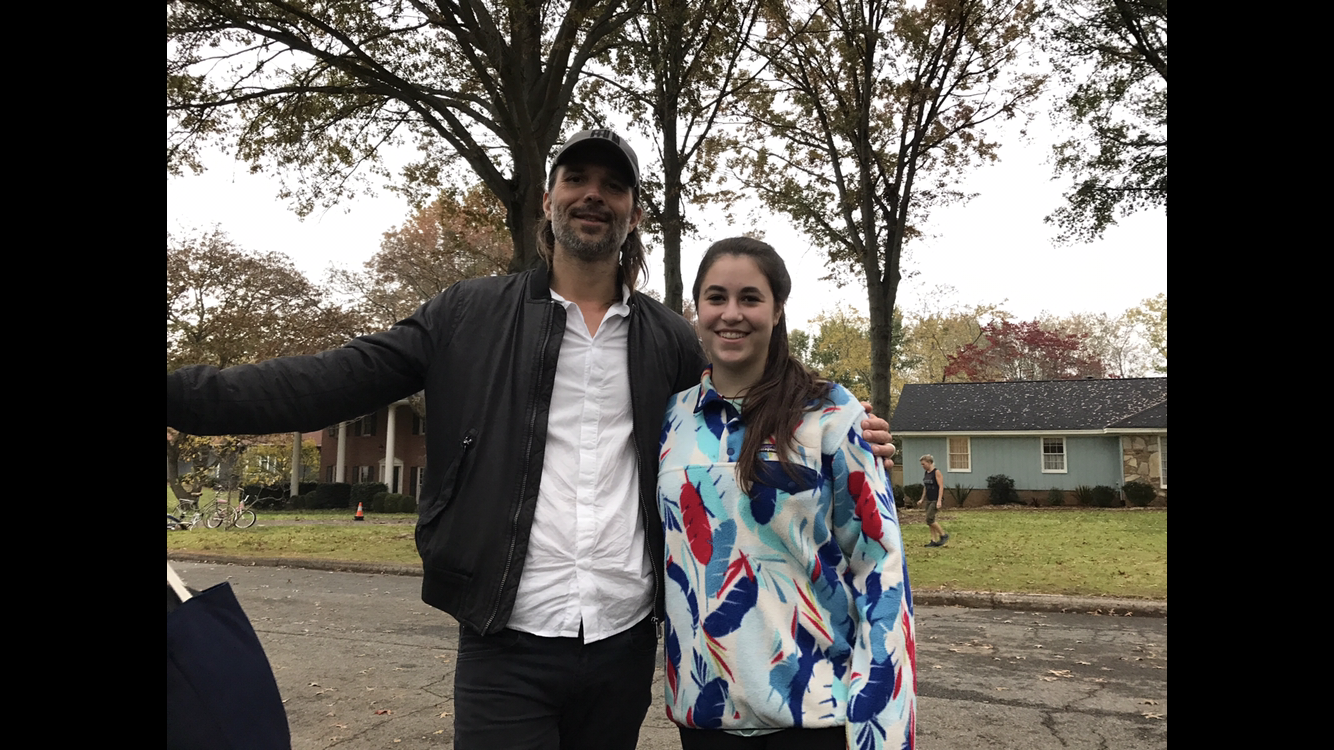The Story of the "Vagodsky"s - Real name: Alter
- Charli Shapiro

- Jun 23, 2024
- 1 min read
My family's history is interwoven with the rich and tragic tapestry of the Jewish community in Mława, Poland. Before World War II, Mława was home to a vibrant Jewish population that contributed to its cultural, political, and religious life. However, with the onset of the war and the subsequent German occupation, the community faced unspeakable hardships and ultimately, destruction. This blog post delves into the historical context of Mława during the Holocaust, recounting the harrowing events that led to the decimation of its Jewish inhabitants, including the burning of the synagogue on Yom Kippur in 1939 and the brutal roundups of Jews. Through this lens, I aim to honor the memory of my ancestors and shed light on the resilience and suffering of the Jewish community of Mława. Read more to learn their history:
The History of Mława:
The Holocaust resulted in the brutal destruction of the Jewish community in Mława, Poland. Before World War II, this vibrant community included approximately 6,400 Jews, active in various political, cultural, and religious organizations. However, this thriving community faced increased anti-Semitic activities in the 1930s, with Jewish stores being boycotted and Jewish businesses shuttered.
On September 1, 1939, the Germans bombed Mława, causing widespread fires and destruction. Most of the Jewish population fled, but many returned by mid-September. The town fell under German occupation, becoming part of the District of Ciechanów, and its name was changed to Milau.
During Yom Kippur in 1939, the Germans desecrated and burned the town's synagogue and two Beth Midrashim (Jewish houses of study). This act of violence was part of a broader campaign of terror against the Jewish population. In October 1939, German authorities compiled lists of Jewish men aged 14 to 40 and forced them into labor, marking them with identification tags that eventually became the infamous yellow stars of David.
Following the personal initiative of a German officer during Sukkot in 1939, Jews of Mława were rounded up with the intent of expelling them to the Soviet Union, but the operation was halted by a German Lieutenant Colonel. Despite this reprieve, Jews faced daily humiliations, beatings, and forced labor.
By the end of 1939, a Judenrat (Jewish Council) was established under German orders, initially comprising six to seven members, including representatives of the local rabbi. Eliezer Perlmutter was appointed head of the Judenrat and was responsible for the Jewish population in the Mława district.
In December 1940, a ghetto was established, confining 2,450 Jews within its boundaries. Over time, the ghetto population swelled to around 5,000 due to the influx of Jews from nearby areas and the return of some deportees. The living conditions in the ghetto deteriorated rapidly, with overcrowding and inadequate sanitation becoming severe problems.
The destruction of Mława's Jewish community culminated in the Holocaust, with mass deportations and the eventual murder of the vast majority of its members in extermination camps. The community that had once been a cornerstone of Jewish life in the region was obliterated, leaving behind only memories and the solemn duty to remember their suffering and resilience.
The History of the Alter Family:
Comments